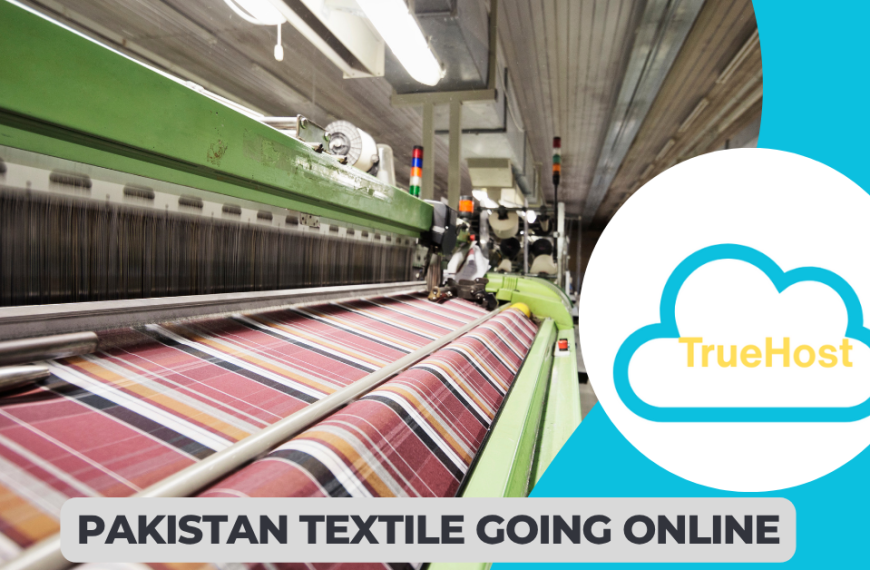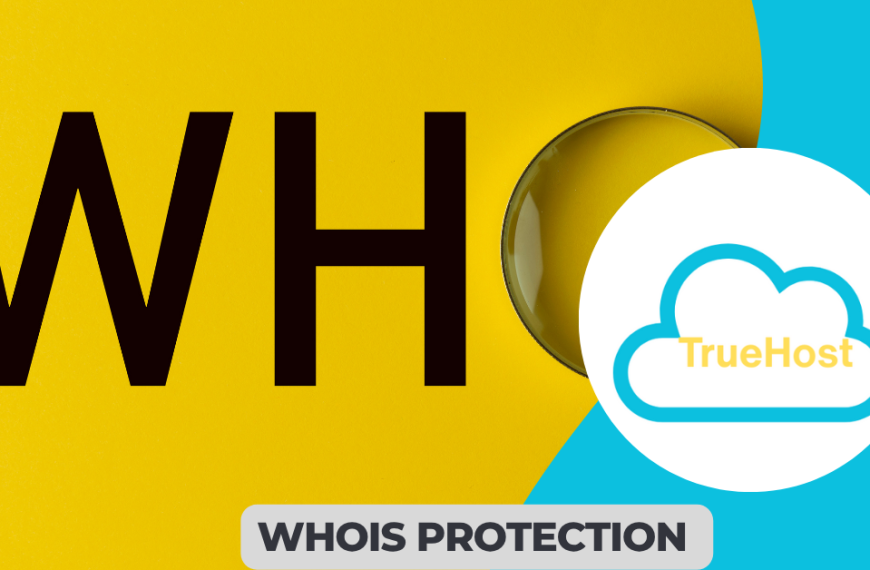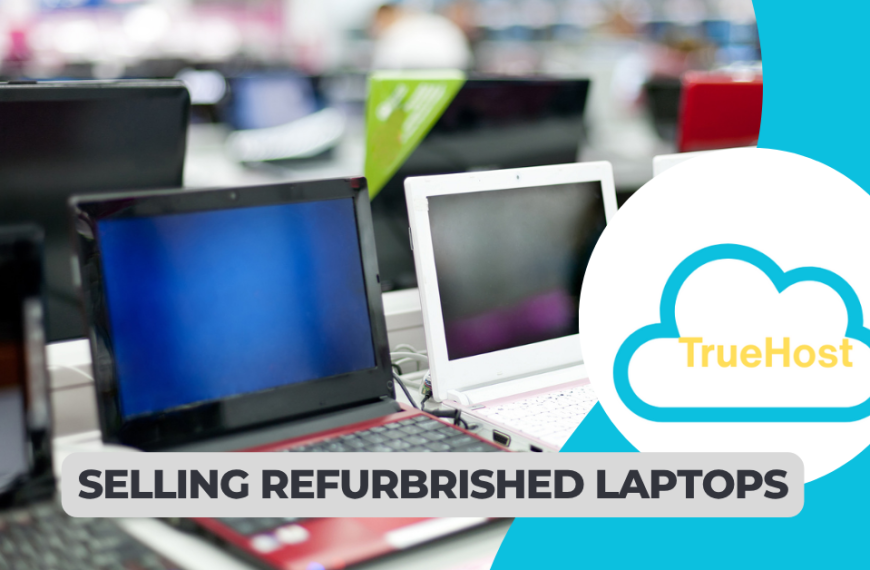Thrifting isn’t just a trend anymore, it’s becoming a full-blown movement in Pakistan. And honestly? The timing couldn’t be better.
You know what’s interesting? While the rest of the world catches up with sustainable fashion, Pakistan has been doing this for decades. We just called it something different. Landa bazaars, Sunday markets, ukay-ukay—these aren’t new concepts here.
But here’s the thing. The game has changed. What was once considered a necessity for budget-conscious families has transformed into a goldmine for entrepreneurs. Students in Lahore are making six figures monthly.
Stay-at-home moms in Karachi are running Instagram empires. And it all starts with understanding one simple truth: people want quality clothes without the hefty price tag.
Why Pakistan Is Perfect for Your Thrifting Business Right Now
Let me paint you a picture. Walk into any university in Islamabad, Lahore, or Karachi. You’ll spot at least a dozen students wearing thrifted finds. It’s not just about saving money anymore although that’s still a huge factor.
The average Pakistani spends about 6-8% of their income on clothing. That’s significant. But branded new clothes? They’re getting expensive. A simple Zara shirt can cost PKR 4,000-6,000. The same piece in good condition at a thrift store? Maybe PKR 800-1,200.
You do the math.
The Economics Just Make Sense
Here’s something that surprised me when I first researched this market. The profit margins in thrifting can hit 200-300%. Buy a quality piece for PKR 300, clean it properly, photograph it well, and sell it for PKR 1,200. That’s a PKR 900 profit on a single item.
Compare that to traditional retail where margins hover around 30-40%. There’s no comparison really.
And the startup costs? You can literally begin with PKR 20,000-30,000. That’s less than what most people spend on their monthly phone bills and entertainment combined.
Sustainability
Something’s shifting in Pakistani consumer behavior. Gen Z and younger millennials—they care about where their clothes come from. They’re asking questions about textile waste and fast fashion’s environmental impact.
Pakistan’s textile industry produces massive amounts of fabric waste annually. The fashion industry contributes significantly to global pollution, and young Pakistanis are becoming more aware of this.
Thrifting offers them a guilt-free way to stay fashionable. You’re not just selling clothes. You’re selling peace of mind.
Understanding Your Target Market in Pakistan
Let’s get specific about who’s buying second-hand clothes here.
Your primary customers fall into the 18-35 age bracket. They’re digitally savvy, budget-conscious, and surprisingly brand-aware. They know their Levis from their Lee Coopers. They can spot authentic Nike from fake ones.
Where Your Customers Are Hanging Out

The thrifting community in Pakistan lives online. Facebook groups like “Thrift Store Pakistan” have tens of thousands of members. Instagram hashtags like #ThriftPakistan and #LahoreThrift generate thousands of posts monthly.
But they’re also offline. Sunday bazaars still draw massive crowds. University pop-up stalls sell out within hours. There’s a beautiful blend of digital and physical shopping happening.
Students particularly love thrifting. Tuition fees keep climbing. Living costs aren’t getting cheaper. But they still want to look good for those Instagram photos. Thrift stores solve this problem perfectly.
Your Step-by-Step Launch Plan for Thrifting Success
Alright, let’s get practical. Here’s how you actually start this business.
1) Find Your Niche and Own It
You can’t be everything to everyone. Trust me on this. The most successful thrift stores in Pakistan specialize.
Some focus on vintage denim. Others curate designer pieces only. There are stores dedicated to streetwear, formal wear, or even specific brands like Zara and H&M.
Spend a week researching competitors on Instagram. Notice what’s working. What niches seem oversaturated? Where are the gaps?
Maybe everyone’s selling casual western wear, but nobody’s focusing on quality eastern formal wear. Or perhaps vintage band tees are underserved in your city.
Find that gap. Fill it.
2) Master the Art of Sourcing Quality Pieces
This is where your business lives or dies. Quality sourcing separates profitable stores from struggling ones.
Local Sourcing Options:
- Landa bazaars in major cities (quality varies significantly)
- Sunday markets (early bird gets the best pieces)
- Bulk purchases from wholesalers (higher volume, lower cost)
- Individual sellers through OLX or Facebook Marketplace
- Estate sales and community donation drives
International Sourcing:
- Imported bales from UK or UAE (consider customs duties)
- Online wholesale platforms
- Direct relationships with international thrift suppliers
Here’s something nobody tells beginners. The best sourcing happens at 6 AM. Seriously. Those Sunday markets? The professional resellers arrive before sunrise. By 9 AM, the premium pieces are gone.
You need to wake up early. Bring a flashlight. Wear comfortable shoes. Make friends with the vendors.
Quality matters more than quantity. One excellent Levis jacket will sell faster than ten mediocre no-name pieces.
3) Clean, Sort, and Price Like a Pro
Raw thrifted clothes need work. No way around it.
Professional laundry services cost about PKR 50-100 per piece. Seems expensive until you realize clean clothes sell 3x faster. Investment, not expense.
Quality Grading System:
| Grade | Condition | Pricing Strategy |
|---|---|---|
| A | Like new, minimal wear | Premium prices (300-400% markup) |
| B | Good condition, slight use | Standard prices (200-300% markup) |
| C | Visible wear, still wearable | Budget prices (100-150% markup) |
Price research is simple. Spend two hours browsing competitor stores. Note their pricing. Are you higher or lower? Why?
Don’t underprice yourself. Cheap prices signal poor quality in customers’ minds. But don’t overprice either. Test different price points and track what sells.
4) Build Your Online Presence
Here’s where things get exciting. Your digital storefront determines your success.
I) Create Your Store with Olitt AI Website Builder

Listen, social media is great. But you need a real website. Why? Credibility, control, and professionalism.
Here’s where Olitt AI Website Builder changes everything. You don’t need coding skills. You don’t need design experience. Just tell Olitt what you want, and the AI builds your online store in minutes.
Seriously, 15 to 30 minutes from zero to fully functional thrift store.
Olitt handles everything:
- AI-powered design that looks professional instantly
- Mobile-responsive layouts (most Pakistani customers shop on phones)
- Built-in payment gateway integration (JazzCash, EasyPaisa, bank transfers)
- Inventory management tools
- SEO-friendly structure for Google rankings
- Product catalogs with unlimited items
The best part? It’s affordable. Built specifically for Pakistani entrepreneurs who want quality without breaking the bank.
Once your Olitt store is ready, you’ll need. Out plans start from $19-199 with different options.
You get:
- Custom domain name (yourstore.pk looks more professional than Instagram handles)
- Email hosting (orders@yourstore.pk beats Gmail for business)
- 99.9% uptime guarantee
- 24/7 customer support in English
Pair Olitt’s website builder with our hosting, and you’ve got a professional online store that rivals established brands.
II) Social Media Storefronts
Instagram works brilliantly for thrift stores. Visual platform, young audience, perfect fit.
Create a business account. Post daily. Use Stories religiously. Reels are your best friend for reach—the algorithm loves them.
Key Instagram strategies:
- Post new arrivals every Tuesday and Friday (consistency matters)
- Use location tags for local discovery
- Collaborate with micro-influencers (10k-50k followers)
- Run flash sales through Stories
- Respond to DMs within 30 minutes
Facebook Marketplace and Groups still work too. Don’t ignore them. Different demographics hang out there.
WhatsApp Business is non-negotiable. Pakistani customers love WhatsApp. Set up automated greetings and catalog features.
III) Marketplace Listings
Daraz accepts seller registrations. The platform brings built-in traffic. You’re paying commission fees (around 5-8%), but you’re accessing millions of potential customers.
OLX works for individual high-value pieces. List that premium leather jacket there. Someone searching specifically for quality items will find it.
5) Appealing Photography
Your photos aren’t just pretty pictures. They’re your salespeople working 24/7.
You don’t need fancy equipment. A decent smartphone works perfectly. The iPhone 12 or Samsung Galaxy S21 are more than enough. Even older models work with good lighting.
Natural lighting is everything. Shoot near a window during morning hours (9-11 AM). Harsh afternoon sun creates shadows and washes out colors.
Photo Checklist:
- Full front view (shows overall fit)
- Back view (displays any back details)
- Close-up of brand label (builds trust)
- Close-up of any flaws (transparency sells)
- Styling shot if possible (helps visualize wearing it)
Write detailed descriptions. Size measurements are mandatory. Not everyone understands S, M, L the same way.
Mention pit-to-pit measurements, length, waist, and sleeve length. Include fabric composition if the label shows it.
6) Handle the Legal Stuff
Most small thrift businesses start informally. That’s fine initially. But as you grow, proper registration protects you.
You can operate as a sole proprietor without formal registration when you’re small. But banks won’t give you a business account without proper documentation.
Getting an NTN (National Tax Number) is straightforward. Visit your nearest FBR office or apply online. Takes about a week. Cost? Free.
Business bank accounts separate personal and business finances. Makes tax time easier. Makes you look more professional to suppliers and customers.
Sales tax registration becomes relevant when you’re consistently earning above PKR 100,000 monthly. Consult a local accountant—they charge about PKR 3,000-5,000 for basic setup guidance.
Marketing Your Thrifting Store to Pakistani Customers
You’ve got inventory. You’ve got a platform. Now you need customers.
Social Media Marketing
Post consistently. I mean it. Three times weekly minimum. Daily is better.
Content ideas that work:
- New arrival showcases
- Behind-the-scenes sorting videos
- Customer testimonials (ask permission first)
- Styling tips using your pieces
- Thrifting haul videos
- Before-and-after cleaning transformations
Hashtags matter more than you think. Research shows that posts with 9-12 relevant hashtags perform best.
Effective Hashtag Mix:
- Location tags: #KarachiThrift #LahoreThrift #IslamabadThrift
- General: #ThriftPakistan #PakThrift #ThriftStorePK
- Category: #VintagePakistan #DesignerThrift #StreetWearPK
- Branded: #ZaraThrift #H&MThrift #NikeThrift
Engagement drives algorithm favorability. Respond to every comment. Like comments from your followers. Visit their profiles and engage there too.
The algorithm rewards active, engaged accounts with better reach.
Influencer Collaborations on a Budget
You can’t afford celebrities. Good news—you don’t need them.
Micro-influencers (5,000-20,000 followers) often work for barter. Send them a few nice pieces. They post about your store. Their engaged audience discovers you.
Find influencers whose style matches your inventory. A streetwear influencer won’t help if you’re selling formal wear.
DM them directly. Be personal. Compliment specific posts. Then propose collaboration. Simple, honest, straightforward.
Offline Marketing Still Works
University campuses are goldmines. Contact student societies. Offer to sponsor their events in exchange for stall space. Students are your target market anyway.
Pop-up stalls work incredibly well. Rent a small space at weekend bazaars. Cost? About PKR 1,000-2,000 per day. Sales? Can easily hit PKR 15,000-25,000 if you’ve got good inventory.
Word-of-mouth remains powerful. Treat every customer like gold. One happy customer tells five friends. One unhappy customer tells fifty.
Create shareable moments. Maybe include a small freebie (sticker, bookmark, discount card) with purchases. People love sharing unexpected perks on social media.
Overcoming Common Thrifting Business Challenges
Every business has problems. Thrifting has specific ones. Here’s how you handle them.
The Quality Consistency Problem
Some days you’ll source amazing pieces. Other days? Nothing worth buying. That’s thrifting.
Solution: Build inventory reserves. When you find good stuff, buy extra. Stock up during great sourcing days. This cushions you during dry spells.
Never compromise quality just to maintain posting schedules. Better to post less frequently with great items than flood your feed with mediocre pieces.
Customer Hygiene Concerns
Let’s address the elephant in the room. Some people worry about cleanliness with second-hand clothes.
Combat this through transparency. Show your cleaning process on Instagram Stories. Post videos of clothes being washed and steamed.
Mention your cleaning methods in product descriptions. “Professionally laundered and steamed” sounds better than nothing.
Some sellers include small lavender sachets with orders. Costs PKR 20, adds PKR 200 in perceived value.
Managing Logistics and Delivery
Shipping logistics can frustrate new sellers. You’ve got several options here.
Courier Services Comparison:
| Service | Coverage | Cost (1kg, local) | Reliability |
|---|---|---|---|
| TCS | Excellent | PKR 200-300 | High |
| Leopards | Good | PKR 150-250 | Medium-High |
| M&P | Good | PKR 180-280 | Medium |
| Rider | Limited | PKR 100-200 | Medium |
Start with cash-on-delivery. Pakistani customers trust it. You pay slightly higher fees (typically 2-3% extra), but conversion rates jump.
As your reputation grows, introduce advance payment options. JazzCash and EasyPaisa work well. Bank transfers too, though slower.
Partner with TrueHost Pakistan for reliable website hosting that handles payment gateway integration smoothly. Their technical support helps set up SSL certificates for secure transactions.
Your Financial Roadmap to Profitability
Let’s talk numbers. Real ones.
Startup Cost Breakdown:
| Expense Category | Low Budget | Medium Budget | High Budget |
|---|---|---|---|
| Initial Inventory | PKR 15,000 | PKR 30,000 | PKR 50,000 |
| Cleaning/Prep | PKR 3,000 | PKR 5,000 | PKR 8,000 |
| Photography Setup | PKR 5,000 | PKR 10,000 | PKR 20,000 |
| Website/Hosting | PKR 2,500 | PKR 5,000 | PKR 10,000 |
| Marketing | PKR 5,000 | PKR 10,000 | PKR 20,000 |
| Total | PKR 30,500 | PKR 60,000 | PKR 108,000 |
You can genuinely start with PKR 30,000. I’ve seen it done successfully.
Monthly revenue projections vary wildly based on effort and strategy. Conservative estimates:
- Month 1-2: PKR 20,000-40,000 (breaking even, building reputation)
- Month 3-4: PKR 50,000-80,000 (establishing customer base)
- Month 5-6: PKR 80,000-150,000 (repeat customers, word-of-mouth growth)
- Month 7+: PKR 150,000-300,000 (stable operations, possible scaling)
These aren’t guarantees. They’re possibilities based on consistent effort.
Scaling Without Losing Quality
Growth is good. Chaotic growth kills businesses.
Scale methodically. Maybe hire help for sorting and packing when you’re consistently moving 50+ pieces weekly. Before that? You’re just increasing costs unnecessarily.
Expand product categories slowly. Master one category before adding others. If vintage denim works well, maybe add vintage leather jackets next. Similar aesthetic, similar customers.
Physical stores come later. Much later. After you’ve proven sustainable online profitability for at least 12 months. Rent is expensive. Foot traffic is unpredictable.
Making It All Work Together
Here’s what nobody tells you about starting a thrifting business in Pakistan. The first three months are hard. Really hard.
You’ll wake up early for sourcing trips,spend hours photographing clothes and respond to customer messages at midnight. You’ll deal with no-show buyers and returned items.
But something magical happens around month four. Systems start working. You know which suppliers have quality pieces. Your photography gets faster. Customers return because they trust you.
The sustainable fashion movement is growing globally, and Pakistan isn’t immune to these trends. You’re not just building a business. You’re part of something bigger.
Your thrift store keeps clothes out of landfills. Provides affordable fashion to students and young professionals. Creates entrepreneurial opportunities. That matters.
Start small. Stay consistent. Scale smartically. And remember—every successful thrift empire in Pakistan today started with someone buying their first batch of clothes from a landa bazaar.
That someone could be you.
Ready to take the first step? Secure your online presence with professional hosting from TrueHost Pakistan. Your thrifting journey starts with a solid digital foundation.
The market is waiting. Your first customers are searching right now. Will they find you?
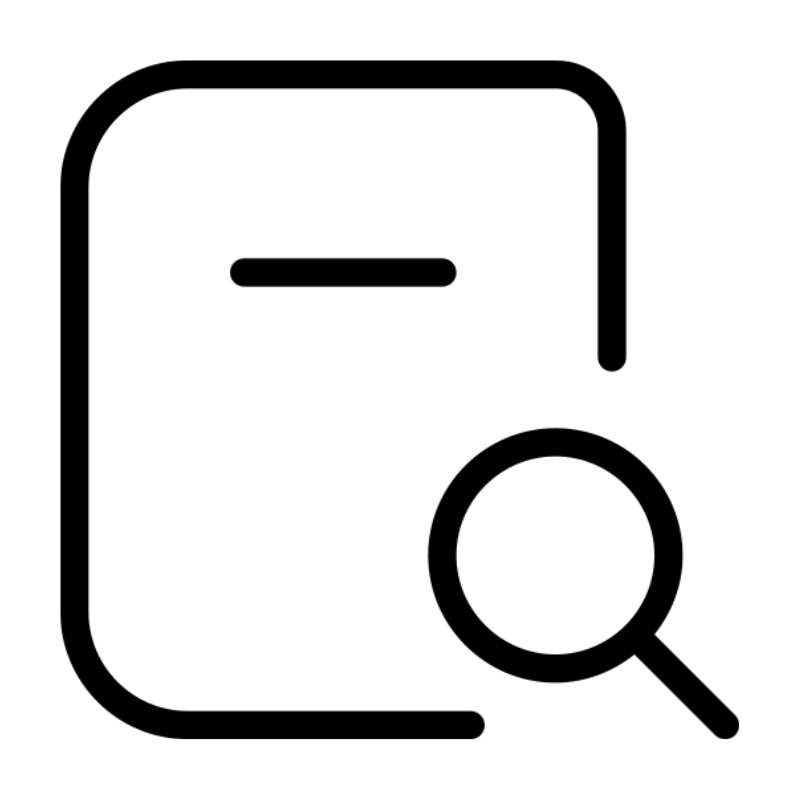 Domain SearchInstantly check and register your perfect .pk or international domain
Domain SearchInstantly check and register your perfect .pk or international domain Web HostingGet a .pk domain for as low as PKR 467
Web HostingGet a .pk domain for as low as PKR 467 cPanel HostingUser-friendly hosting powered by cPanel
cPanel HostingUser-friendly hosting powered by cPanel Reseller HostingLaunch your own hosting business with minimal technical requirements
Reseller HostingLaunch your own hosting business with minimal technical requirements Windows HostingOptimized for Windows-based applications and websites
Windows HostingOptimized for Windows-based applications and websites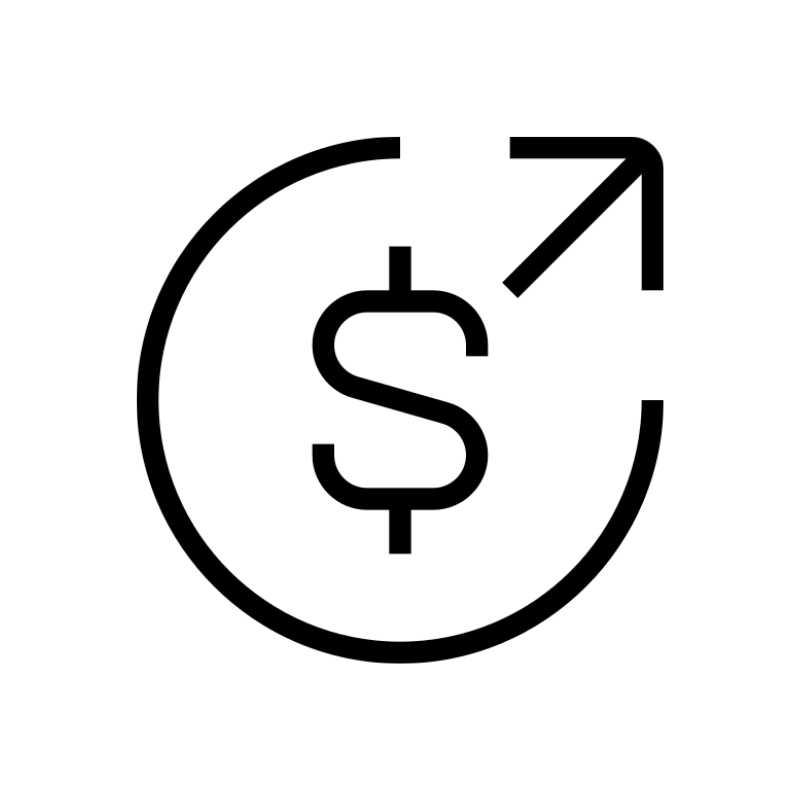 Affiliate ProgramEarn referral commissions by promoting our services
Affiliate ProgramEarn referral commissions by promoting our services Domain TransferMigrate your existing domain seamlessly with zero downtime.
Domain TransferMigrate your existing domain seamlessly with zero downtime.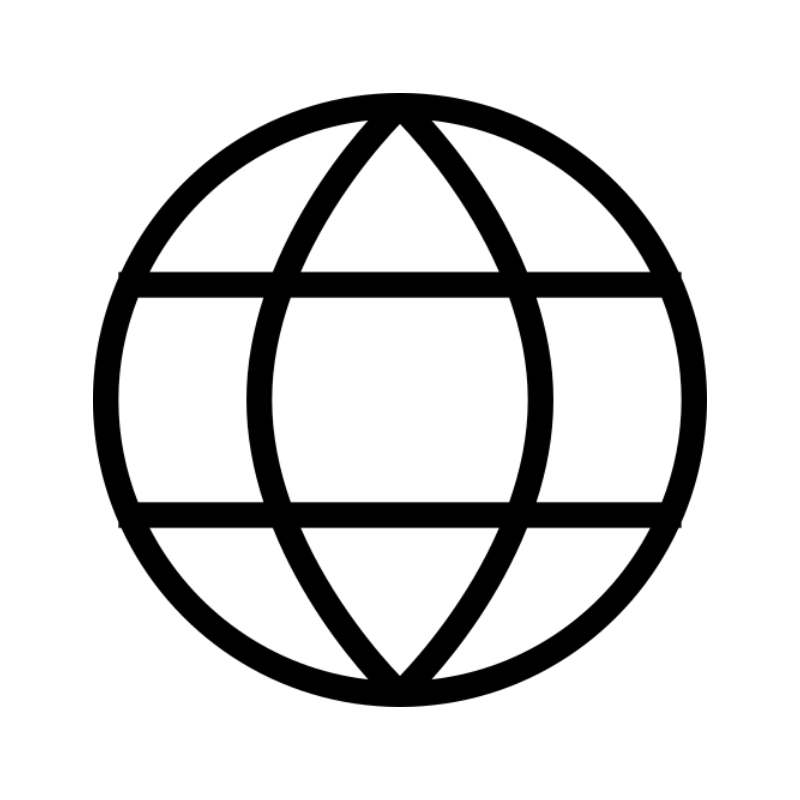 All DomainsAccess 324+ top-level domains (TLDs) worldwide from a single platform
All DomainsAccess 324+ top-level domains (TLDs) worldwide from a single platform Whois LookupIdentify the owner of any domain using our whois and rdap lookup tool
Whois LookupIdentify the owner of any domain using our whois and rdap lookup tool Managed VPS Hosting
Managed VPS Hosting SSL CertificatesEncrypt data, build trust, and boost SEO.
SSL CertificatesEncrypt data, build trust, and boost SEO.

